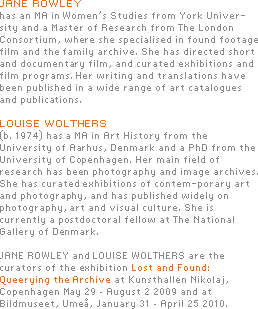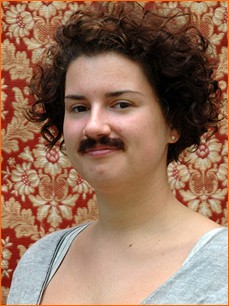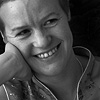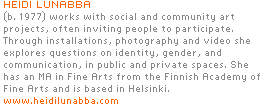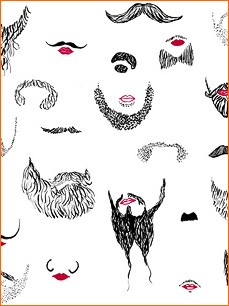On the courtyard outside the Copenhagen Kunsthallen Nikolaj, where the exhibition Lost and Found: Queerying the Archive was shown last summer, a temporary beard “salon” was installed on the streets. In Heidi Lunabba’s Studio Vilgefortis passers-by are invited to choose from the artist’s hand-drawn catalogue of beards and moustaches and her extensive stock of facial hair. With consummate skill, Lunabba then creates a personal beard on the face of the “salon customer” who can then continue on her way through the city. Central to the touring Studio Vilgefortis is the question of gender performance and performativity. During the happening the women – but also some men – wear their new beard with obvious pride, deconstructing the original myth of Saint Wilgefortis (Santa Vilgefortis in Italian) who prayed for a beard to make her ugly to avoid marrying a pagan king. Her prayer was answered, but her father crucified her. Wilgefortis has since become an androgynous, feminist symbol of resistance for women with abusive husbands. Some of the women with temporary beards and moustaches can almost pass as men, but the point is not gender-perfect performances. Instead, the salon gives participants and observers the opportunity to reflect on the gender props of masculinity and femininity and experience the reactions an apparently simple transgression like facial hair can provoke – from laughter and disbelief, to confusion and disgust that are an everyday part of queer lives. Installed on the street, Lunabba’s work also represents an activist queering of mainstream urban space, the very space where the positions of “insider” and “outsider” are cemented through hate crimes, homophobic graffiti and the street-calling of names – articulations of prejudice that demand constant challenging and queering in the many spaces and places we find them. | 